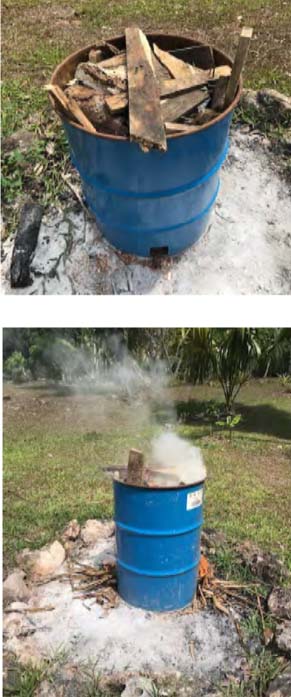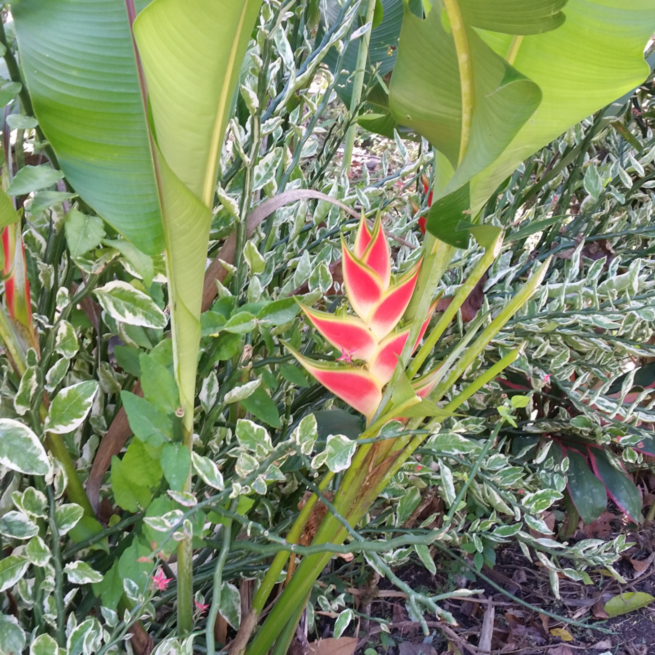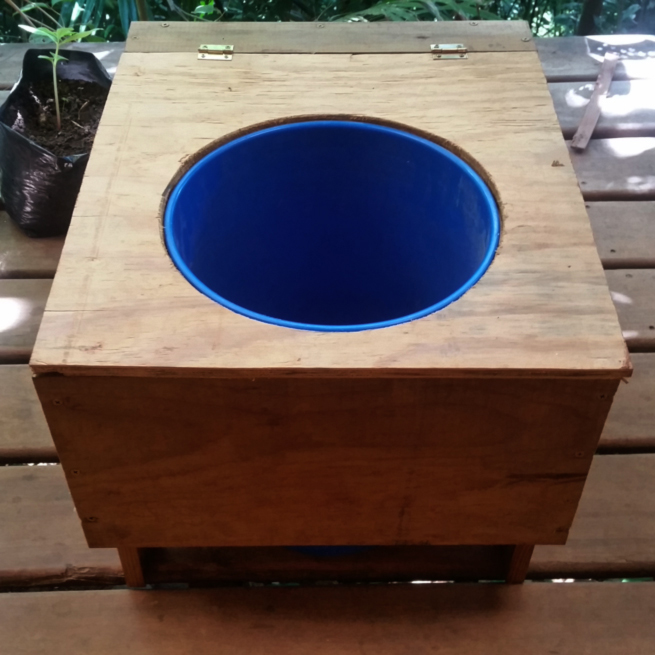
Biochar can protect your garden and landscape plants against drought. Belize’s annual spring droughts are hard on plants. With biochar, garden and landscape plants are better able to make it through drought periods so that you don’t have to use precious rainwater from your cistern.
Biochar looks like charcoal, but it’s different in an important way: Charcoal has oil in it, which makes it suitable for use in the bar-be-Q, while biochar has no oil and is almost pure carbon. When activated and mixed with ordinary soil as a soil amendment, it does some amazing things. Here’s a quote from Biochar Journal:
“It turns out that the stable carbon matrix that biochar is made of has all kinds of interesting properties. This carbon matrix can hold on to things – water, air, metals and organic chemicals. And it also has unique thermal and electrical properties that are still being explored. Finally, the highly porous physical structure of biochar provides habitat for microorganisms.
With so many different properties, biochar is bound to have a lot of different uses, but one function that all biochar applications (other than burning it for fuel) share is carbon sequestration. By fixing easily degradable plant carbon into long-lasting charcoal, carbon dioxide is slowly but surely removed from the atmosphere.”

There are more ideas and information for using biochar in the Biochar Journal. Go take a look!
In 2019, three BIBers, Doug DeGirolamo, Ian Gerbode and Sue Waite, attended a Biochar Workshop in Santa Elena (across the Macal River from San Ignacio) to learn how to make biochar. Using information from the workshop and his welding skills, Doug turned two steel drums into a double-walled biochar furnace in which he regularly produces five gallon batches of biochar from 20 gallons of sawdust.
Here’s the process in photos (see at right):
1. Fill the inner furnace can with chips or other combustible material.
2. Fill the space between the inner and outer cans with scrap wood, twigs, whatever will burn.

3. Light it up and let it burn, adding fuel as needed for 2-3 hours until it stops off-gassing.
4. Let fire go out and open when cool, 2-3 hrs later.
Biochar isn’t ready to use straight out of the furnace. It’s sterile and has to be activated — which means you need to add compost, manure or urine to inoculate it with micro-organisms.
Here’s how:
• Fill a 5 gallon bucket with freshly-burned biochar pounded into small fragments.
• Add about a pint of compost, manure and/or urine to a 5 gallon bucket of biochar and stir
• Let it sit for about six weeks.
At that point, it will smell loamy and will have tiny white root-like things throughout it — these are micorrhizae (my-ko-RIE-zee), and are a sign of fertile, healthy soil.

A little biochar goes a long way. Mix it with your garden soil, about 5% biochar to 95% soil, plant your greenery in it or dig it in around already-established plants and you should soon see an improvement in the health of your landscape or garden.
Mix 5% biochar with peat moss or sawdust in your composting or humanure toilet to discourage odors and create superior compost useable in landscaping and on non-edible plants. More info about uses of toilet compost here.

Composting toilets and humanure systems like the ones in use at both Renie’s and Doug’s houses are excellent alternatives, environmentally speaking, to flush toilets.
If you don’t want to start up your own biochar factory, Doug will trade biochar he makes for items he wants. But if you DO want to try your hand at it, go help Doug with his next biochar burn.